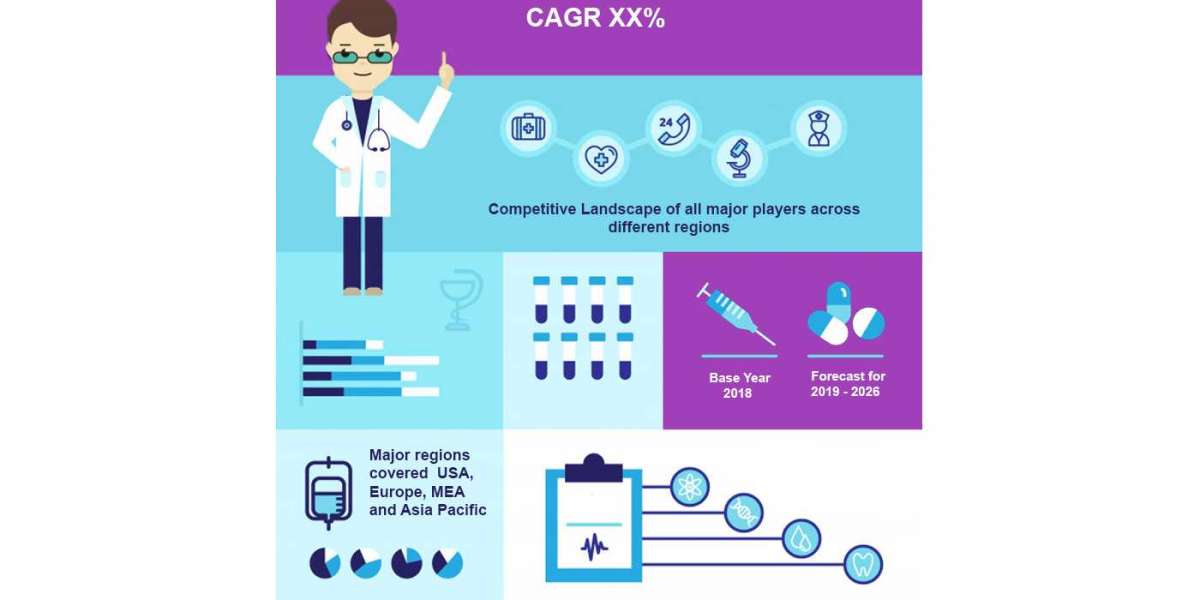In the realm of search engine optimization (SEO), there are various strategies and practices that experts employ to improve website visibility and rankings on search engine results pages (SERPs). Among these strategies, Technical SEO and On-Page SEO are crucial components that often get conflated, but they serve distinct purposes and require different approaches. This article aims to elucidate the key differences between Technical SEO and On-Page SEO, highlighting their importance, functions, and how they contribute to an effective SEO strategy.
Understanding Technical SEO
Technical SEO refers to the optimization of the technical aspects of a website to ensure that search engines can crawl, index, and render the site efficiently. It lays the foundation for a website's performance in search engines by addressing the backend elements that influence search engine visibility.
Key Elements of Technical SEO
- Website Speed and Performance: Ensuring the website loads quickly is a critical aspect of Technical SEO. Slow-loading sites can result in high bounce rates and lower rankings. Tools like Google PageSpeed Insights can help identify and fix speed issues.
- Mobile-Friendliness: With the increasing number of mobile users, having a mobile-friendly website is imperative. Technical SEO involves implementing responsive design and ensuring that the site functions well on all devices.
- XML Sitemaps: An XML sitemap acts as a roadmap for search engines, helping them navigate and index all the important pages on a website. Submitting a sitemap to search engines like Google can improve the efficiency of indexing.
- Robots.txt: This file tells search engines which pages or sections of a website should not be crawled. Proper configuration of robots.txt ensures that search engines focus on the most valuable content.
- Structured Data Markup: Implementing structured data (or schema markup) helps search engines understand the content of a website better. This can enhance the display of search results with rich snippets, improving click-through rates.
- HTTPS: Ensuring that the website is secure with HTTPS is essential. Google has confirmed that HTTPS is a ranking factor, and it also builds trust with users.
- Canonical Tags: These tags help prevent duplicate content issues by indicating the preferred version of a webpage to search engines. Proper use of canonical tags ensures that link equity is not diluted across multiple versions of the same page.
Understanding On-Page SEO
On-Page SEO, on the other hand, focuses on optimizing individual web pages to rank higher and earn more relevant traffic in search engines. It deals with both the content and the HTML source code of a page that can be optimized for search engines and users.
Key Elements of On-Page SEO
- Content Quality: High-quality, relevant, and valuable content is the cornerstone of On-Page SEO. Content should be well-researched, original, and provide answers or solutions to the users' queries.
- Keyword Optimization: Proper keyword research and placement are vital. Keywords should be naturally integrated into the content, including in titles, headings, meta descriptions, and throughout the body text.
- Meta Tags: Meta titles and descriptions are critical for informing search engines and users about the content of a page. They should be compelling and include target keywords.
- Header Tags (H1, H2, H3, etc.): Using header tags helps organize content and makes it easier for both users and search engines to understand the structure and hierarchy of information on a page.
- Internal Linking: Linking to other relevant pages within the same website helps search engines crawl the site more effectively and provides users with additional useful information.
- Image Optimization: Properly optimized images can improve page load times and provide additional SEO value. This includes using descriptive file names, alt text, and compressing images to reduce file size.
- URL Structure: Clean and descriptive URLs help search engines and users understand the content of a page. URLs should be concise, include target keywords, and avoid unnecessary parameters.
Key Differences Between Technical SEO and On-Page SEO
While both Technical SEO and On-Page SEO aim to improve a website's visibility and ranking, they differ significantly in their focus and methods. Understanding these differences is crucial for implementing a comprehensive SEO strategy.
- Scope of Optimization: Technical SEO focuses on the backend and infrastructure of a website, ensuring that it is technically sound and search engine-friendly. On-Page SEO, however, is concerned with the content and HTML elements of individual pages.
- Tools and Techniques: Technical SEO often involves using tools like Google Search Console, PageSpeed Insights, and various website auditing tools to identify and fix issues. On-Page SEO relies more on keyword research tools, content management systems (CMS), and on-page analysis tools.
- Direct Impact on User Experience: While both forms of SEO impact user experience, Technical SEO indirectly improves it by ensuring the website is fast, secure, and accessible. On-Page SEO directly affects user experience by providing high-quality content, easy navigation, and relevant information.
- Primary Focus Areas: Technical SEO deals with aspects like site speed, mobile optimization, sitemaps, robots.txt, HTTPS, and structured data. On-Page SEO focuses on content quality, keyword usage, meta tags, header tags, internal linking, image optimization, and URL structure.
- Complexity and Implementation: Technical SEO often requires a deeper understanding of web development and server management, making it more complex for those without technical expertise. On-Page SEO is more accessible to content creators and marketers, as it deals with content and on-page elements that are easier to control and optimize.
Why Both Are Essential
A successful SEO strategy cannot rely solely on either Technical SEO or On-Page SEO; both are essential and complement each other. Without a solid technical foundation, even the best content might struggle to achieve visibility in search engines. Conversely, a technically optimized site without high-quality, relevant content will not attract or retain users.
Conclusion
In summary, Technical SEO and On-Page SEO are distinct yet interrelated components of a comprehensive SEO strategy. Technical SEO ensures that a website is technically sound, crawlable, and optimized for performance, while On-Page SEO focuses on optimizing individual pages for relevant keywords and user experience. By understanding and implementing both, website owners and marketers can significantly enhance their site’s visibility, ranking, and overall success in search engine results.









